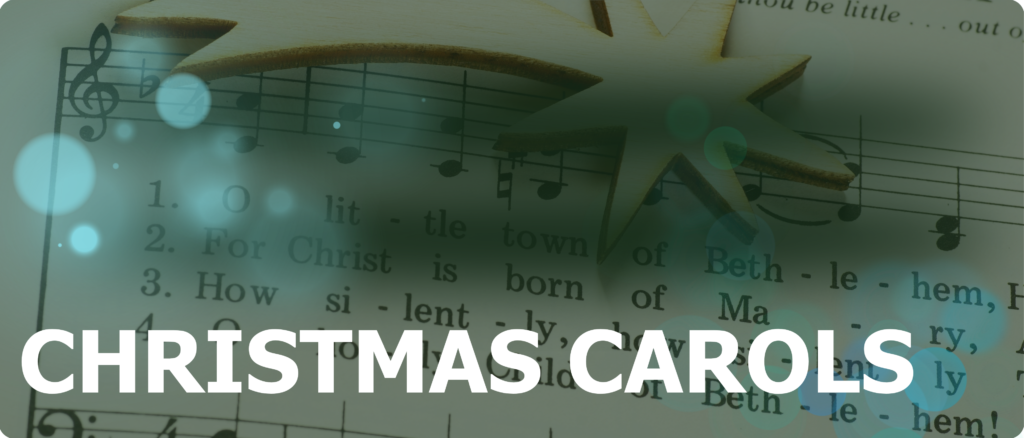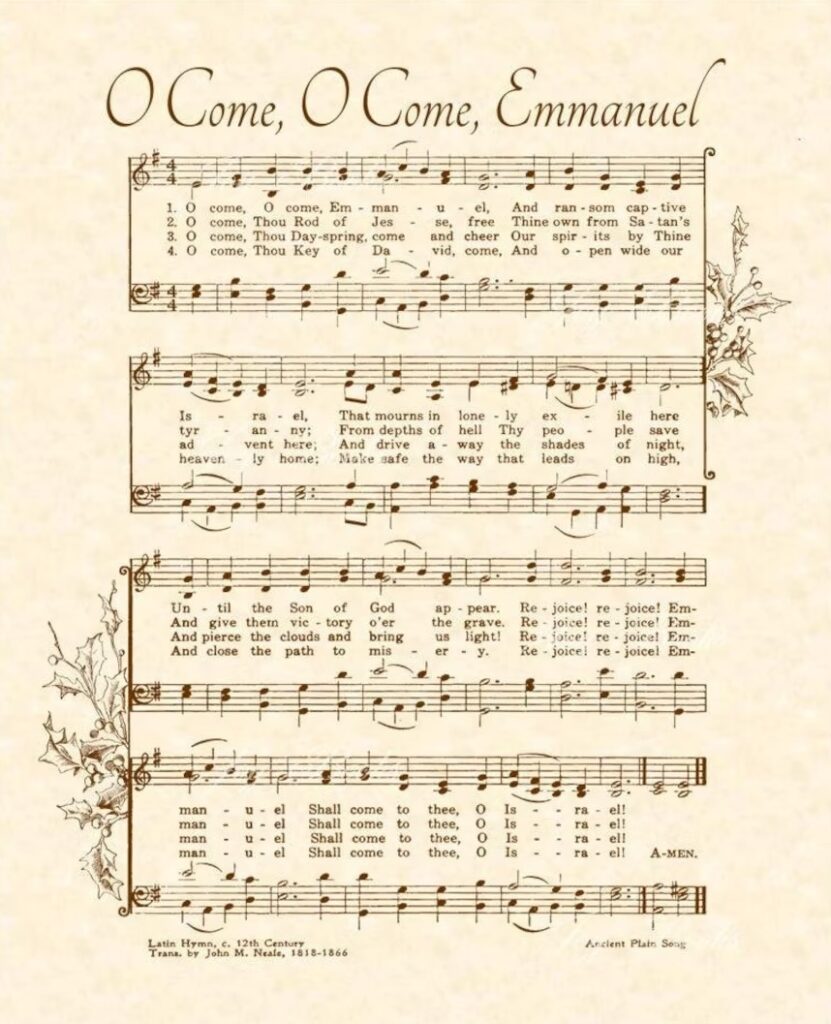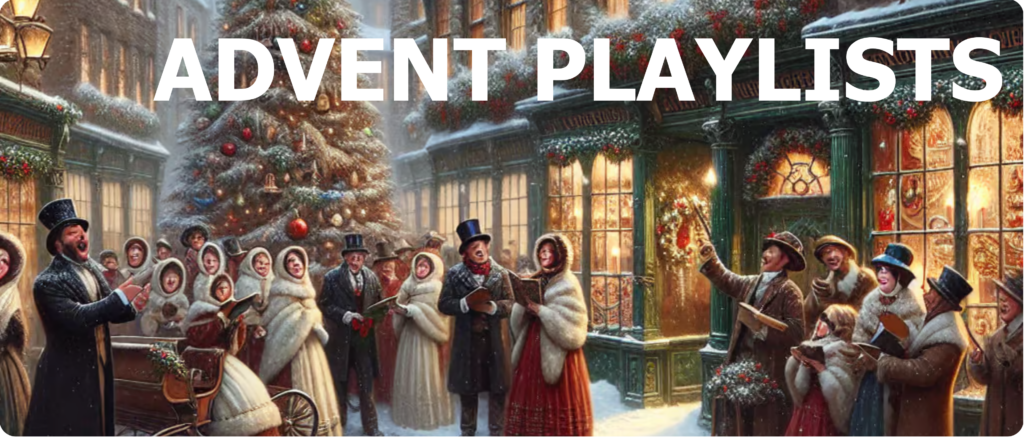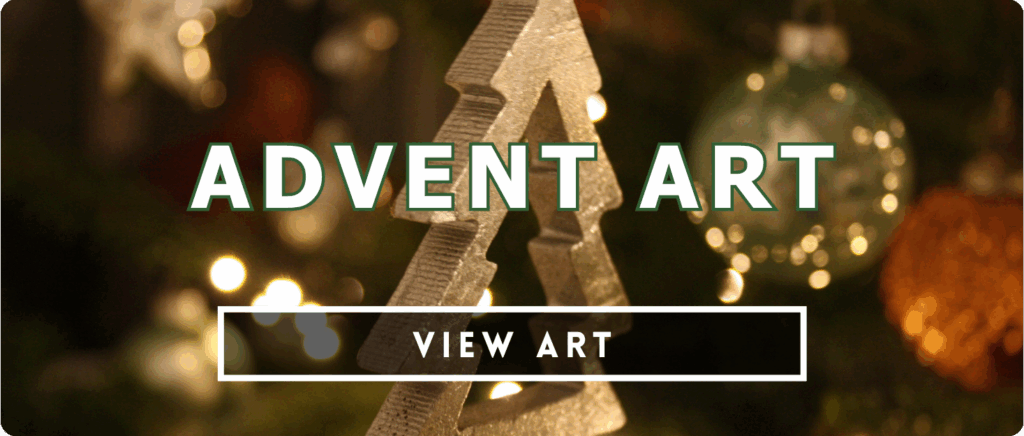


Christmas Dinner: The Table of Grace

“He was at home in five minutes. Nothing could be heartier. . . . Wonderful party, wonderful games, wonderful unanimity, won-der-ful happiness !” (A Christmas Carol, Stave 5)
“You prepare a table before me in the presence of my enemies; you anoint my head with oil; my cup overflows.” (Psalm 23:5–6)
Advent Day 14 — Christmas Dinner: The Table of Grace
(Theme: The joy of fellowship and shared abundance)
In A Christmas Carol, one of the most joyous moments comes near the end, when the cold-hearted Scrooge—now transformed by grace—bursts into laughter and declares, “I don’t know what to do! I am as light as a feather, I am as happy as an angel!” His newfound joy spills over as he sends a great turkey to the Cratchit family’s modest table and later joins his nephew Fred’s Christmas feast.
“Wonderful party, wonderful games, wonderful unanimity, won-der-ful happiness!” Dickens writes.
The table becomes a symbol of redemption—of reconciliation restored and love renewed. What was once broken has been made whole. The feast, both simple and splendid, mirrors the heart of the Gospel: that Christ welcomes us, sinners once estranged, to dine at His table of grace.
In the psalmist’s words, “You prepare a table before me…” This is no ordinary table. It’s the place where enemies are reconciled, wounds are healed, and hearts overflow with gratitude. The Good Shepherd invites His children not as guests, but as family. The overflowing cup is a sign of joy that can’t be contained.
The Christmas dinner scene reminds us that true joy isn’t found in the size of the feast but in the spirit of fellowship around it. Whether our table is filled with many or few, with abundance or simplicity, it is Christ’s presence that makes it sacred. The bread and cup of our Lord’s Table, the laughter of family, and the shared prayer of gratitude all whisper the same truth: grace has come near.
As you reflect on this day’s reading, imagine your own Christmas table—those who sit around it, those who are missed, those who need an invitation. How might your table this Advent become a place of joy, inclusion, and grace?
Take time to listen to today’s selections from the Advent Playlist, a mixture of traditional carols and contemporary worship that celebrate God’s abundance—songs like “Come, Thou Long Expected Jesus” and “The Table” (Chris Tomlin). As you listen, gaze upon today’s curated artwork, a depiction of the Cratchit family gathered in humble joy, and let it draw your heart to the table of Christ—the feast that never ends.
Prayer
Gracious Lord,
You prepare a table before me, and my cup overflows. Thank You for inviting me to Your feast of grace. Teach me to open my heart and home to others as You have opened Yours to me. Let my table become a place of laughter, love, and welcome—a reflection of Your kingdom where all are fed and none are forgotten. Fill me with the joy of Your presence, and help me “keep Christmas well” by sharing Your abundance.
In Jesus’ name, Amen.


Artwork: “It’s I, your uncle Scrooge. I have come to dinner. Will you let me in, Fred?”
Artist: Arthur Rackham
Medium: Hand-drawn with watercolor washing
Date: 1915
Published in: A Christmas Carol by Charles Dickens
Artistic Analysis
1. Artistic Style
Arthur Rackham’s unmistakable style is central to the image:
Loose yet expressive ink lines define the figures and objects with a slightly whimsical irregularity.
Soft, translucent watercolor washes create mood rather than strict realism.
Muted, earthy tones are characteristic of Rackham’s palette—warm browns, grays, and golds dominate, creating a gentle and nostalgic atmosphere.
Rackham’s work often blends the fantastical with the human, and here he softens Dickens’s world with a touch of fairytale warmth.
2. Narrative Moment
The illustration captures a pivotal emotional moment from A Christmas Carol:
Scrooge, newly transformed, arrives at his nephew Fred’s home for Christmas dinner.
The image conveys:
Scrooge’s hesitant humility—a man unused to warmth and welcome.
Fred and his young wife’s open, heartfelt invitation, signaling forgiveness, joy, and family connection.
This is the moment when Scrooge first steps into genuine human fellowship after years of isolation.
3. Composition
Rackham arranges the scene to emphasize Scrooge’s transition:
The Doorway
Scrooge stands framed in an open door, still partly in shadow.
Symbolically, he is at a threshold, moving from his cold, lonely world into a warm, loving family space.
The Gesture of Welcome
Fred’s arms are extended toward Scrooge, bridging the space between them.
His wife stands just behind, adding depth and human warmth.
Their posture literally draws Scrooge into the circle of light.
The Table
The bright white tablecloth and the piled fruit suggest abundance, festivity, and generosity.
The table anchors the right side of the image, representing the joy Scrooge is being invited into.
Rackham’s composition guides the viewer’s eye from the dark doorway → to Fred’s gesture → to the glowing celebration.
4. Color, Light, and Mood
Rackham uses light and color symbolically:
Warm golden light fills the dining room, highlighting abundant food and decorations.
Scrooge, in contrast, is painted in cooler, grayer hues, conveying the remnants of his old life.
The holly, ribbons, and soft red accents connect the moment to Christmas symbolism and renewal.
The overall mood is gentle, hopeful, and emotionally restorative.
5. Symbolic Elements
This scene is rich in Dickensian and Rackham-esque symbolism:
The Door: A moment of transformation; Scrooge crosses from his past into redemption.
Outstretched Hands: Forgiveness, acceptance, family, and unconditional welcome.
Holly Decorations: Tradition, festivity, and the promise of renewal.
Fruit and Tableware: Material signs of generosity, hospitality, and fellowship.
Rackham uses these elements to emphasize that Scrooge’s redemption is not only spiritual but relational.

O Come, O Come Immanuel
Latin Hymn, 12th century
Translated by John M. Neale (1818-1866)


O Come, O Come Immanuel
Latin Hymn, 12th century
Translated by John M. Neale (1818-1866)


Playlist Daily Highlight

We’ve provided multiple versions of this classic Christmas carol. Listen to your favorite style, but also try something new!
See if you find a new appreciation for this song or a different version than what you’re used to.
Take the time to listen . . . really listen to the words of this song and reflect on them. Let God speak to you in this moment.



